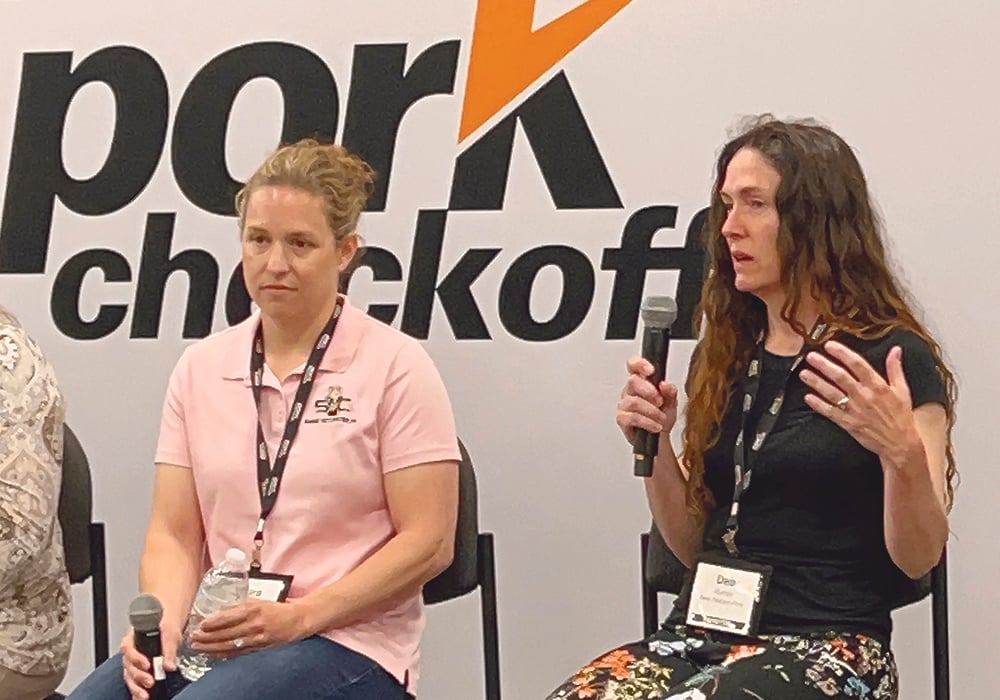PRRS hog virus now tougher to control

Glacier FarmMedia – Today’s PRRS isn’t yesterday’s PRRS.
Read Also


Considerations for the right place for manure
When it costs more to apply manure to high fertility fields than the manure is worth, it may be time…
That means pig producers and veterinarians should mutate their approaches in the same way that Porcine Reproductive and Respiratory Syndrome is mutating.
Why it matters: PRRS has changed, and producers should reassess how they respond to it.
“The virus has modified, so we need to do the same,” said veterinarian and producer Dr. Deb Murray, of New Fashion Pork, after a disease session at the World Pork Expo last month.
PRRS has become worse over time, catching many producers flat-footed as they struggle to deal with it using time-tested approaches.
“They’re just more pathogenic,” said Dr. Laura Dalquist, of the Swine Vet Centre, about new strains that are affecting hogs of all ages and both sexes.
PRRS has been a curse for the industry since it first appeared in Germany in the mid-1980s. It was seen within a few years in North America and spread throughout the herd.
After an initial few years of flurry, producers and vets learned how to manage infected herds, in some cases by managing the infection itself to minimize PRSS impact. Others closed herds until they could cull sows after weaning, then replace the entire herd offsite until the barn could be cleaned and refilled.
Depopulating infected herds immediately upon an outbreak became a common option that allowed fast but expensive cleanout and sanitization of facilities.
In recent years it has become more expensive to continue production in a barn that experienced PRRS, and herd closures take longer before barns are free of disease.
The PRRS virus has become tougher, more virulent and longer-lived.
“All of a sudden PRRS changed and now they don’t clean up,” said Murray. “(Previously,) PRRS was predictable. We could do a herd closure. (I could feel confident) I am going to get rid of this in 220 or 230 days.”
Today, vets rely on laboratories to flag the type of PRRS strain in a barn. If it’s virulent, they’re likely to move to depopulation quickly. The same applies if repeated tests show the virus is mutating within the barn.
However, there is also some art to the assessment, the vets said. If a barn appears to have trouble keeping PRRS out, and suffers multiple infections, managing the disease might be a better option while barn operators and staff are taught how to improve biosecurity.
If there are multiple infected barns on neighbouring farms, a quick depopulation and cleanout may not be as likely to eliminate the disease as it would on a farm in a less infected area.
Another scenario arises when a producer has multiple operations in the same area. If the others are clean, immediately depopulating and cleaning out the infected barn might be the safest course.
Producers need to reassess their PRRS response, because what once worked might now be outdated.
The old PRRS isn’t the new PRRS, the vets said.
“It’s just a virus that moves easier, lives longer, and is tougher,” said Murray.
Source: Farmtario.com

